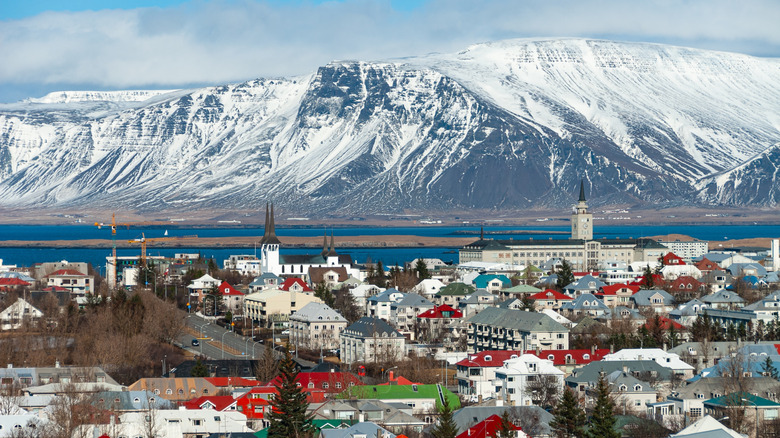The High Cost of Visiting Iceland in 2025
For Americans looking to explore Europe, Iceland stands out as a unique and breathtaking destination. Known for its dramatic landscapes—black sand beaches, geothermal hot springs, and towering waterfalls—this island nation is often ranked among the happiest countries in the world. However, it also comes with a hefty price tag. According to a study by The Forex Complex (as reported in Travel + Leisure), visitors can expect to spend over $400 per day during their stay in Iceland in 2025. This makes it one of the most expensive travel destinations for U.S. travelers.
The high cost of living in Iceland is partly due to its heavy taxation system, which contributes to elevated prices for everyday items. Gas, for example, can exceed $9 per gallon, making road trips around the country, especially along the famous Ring Road, a costly endeavor. Additionally, Iceland relies heavily on imports, which drives up the cost of food and other goods. Even familiar brands like Costco are not immune to this trend. A pizza that costs around $10 in the U.S. can be priced at nearly double in Iceland, as highlighted in a TikTok video from July 2025. Similarly, a rotisserie chicken at Costco in Iceland may cost over $12, compared to just $5 in the U.S.
The Icelandic króna also plays a role in the overall expense. With a strong exchange rate, even small purchases can add up quickly. Some worry that these high costs could lead to a decline in tourism over time, especially if travelers seek more budget-friendly alternatives.
Tips for Saving Money on Your Iceland Trip
Despite the high costs, there are ways to make your trip more affordable. One key factor is timing. Visiting during the off-peak seasons—such as fall or spring—can result in significant savings. Summer is the busiest time, with higher demand leading to increased prices for accommodations and activities. Opting for a trip during the shoulder seasons means you’ll likely encounter fewer tourists and lower costs.
If you’re planning to visit Reykjavík, consider walking or using public transportation. Strætó, the city’s bus system, offers a convenient way to get around, though fares are slightly higher than in the U.S. If you’re planning a road trip, it might be wise to wait until you’re ready to leave the city before renting a car. Parking fees and fuel costs can add up quickly, so careful planning is essential.
There are also several free or low-cost attractions worth exploring. For instance, CityWalk offers a two-hour walking tour of Reykjavík with a 4.9 rating on Tripadvisor. The tour is free, and you can choose how much to pay your guide. This is a great way to experience the city’s culture and history without breaking the bank.
Affordable Accommodations and Smart Spending
When it comes to lodging, hotels and Airbnb listings can be pricey. Instead, consider staying at hostels, where you can find rooms for $120 or less per night. These options provide a more budget-friendly alternative while still offering comfort and convenience.
Dining out in Iceland can also be expensive, so it’s wise to stock up on groceries from local stores like Krónan. Buying snacks, drinks, and staple foods will help reduce costs, especially if you plan to cook some meals yourself. Another tip is to avoid bottled water. In Iceland, tap water is safe to drink and often of high quality, making it a cost-effective and environmentally friendly choice.
For those who want to experience something similar to Iceland without the high costs, Colorado offers striking landscapes with a more affordable price tag. From rugged mountains to natural hot springs, the state provides a unique blend of beauty and accessibility.
By planning carefully and making smart choices, it’s possible to enjoy all that Iceland has to offer without overspending. Whether you’re chasing the Northern Lights or exploring geothermal wonders, a well-prepared trip can be both memorable and budget-friendly.



